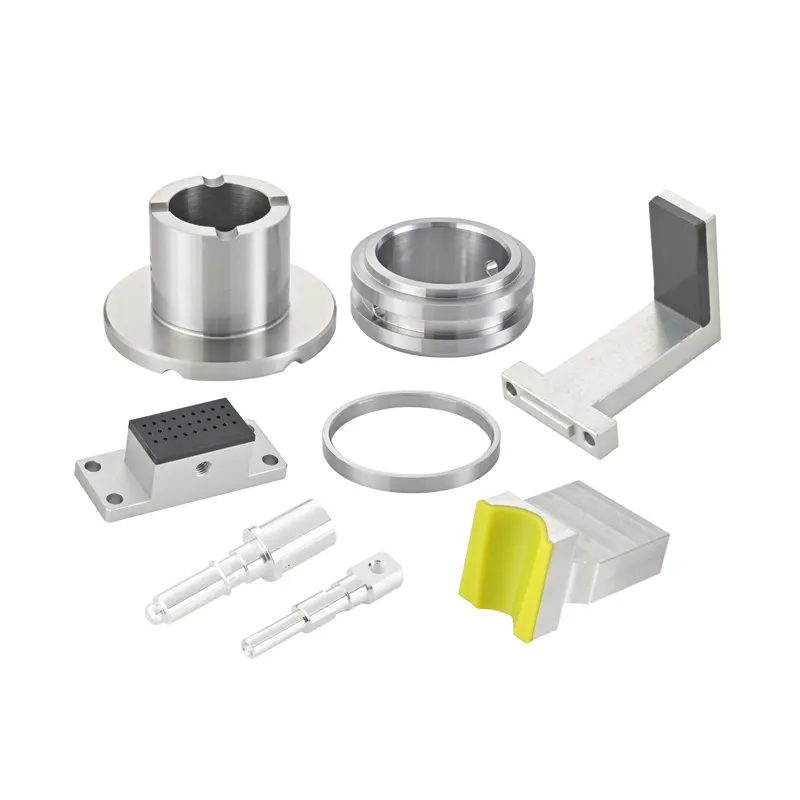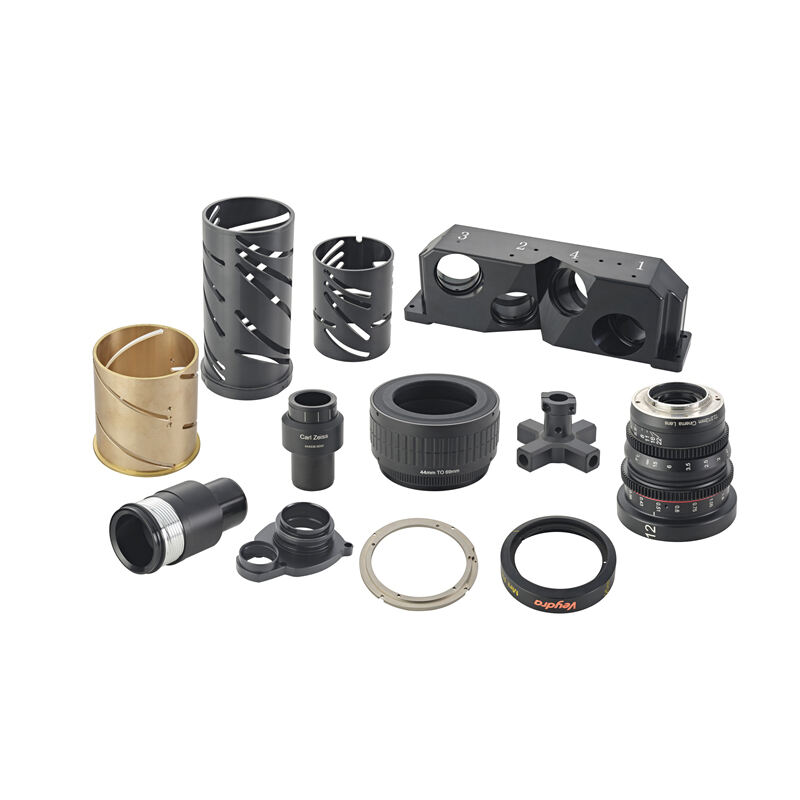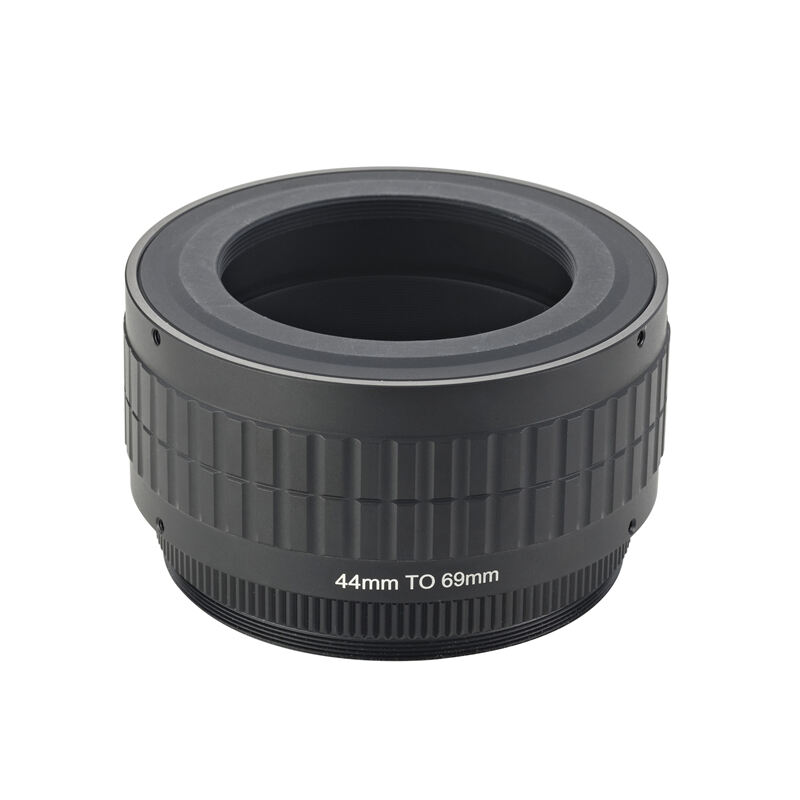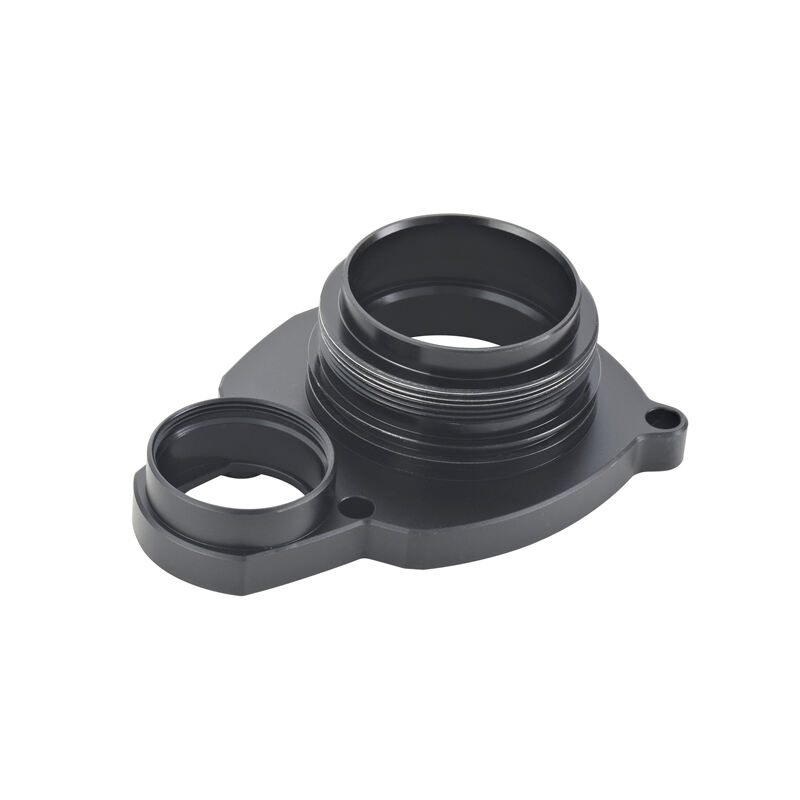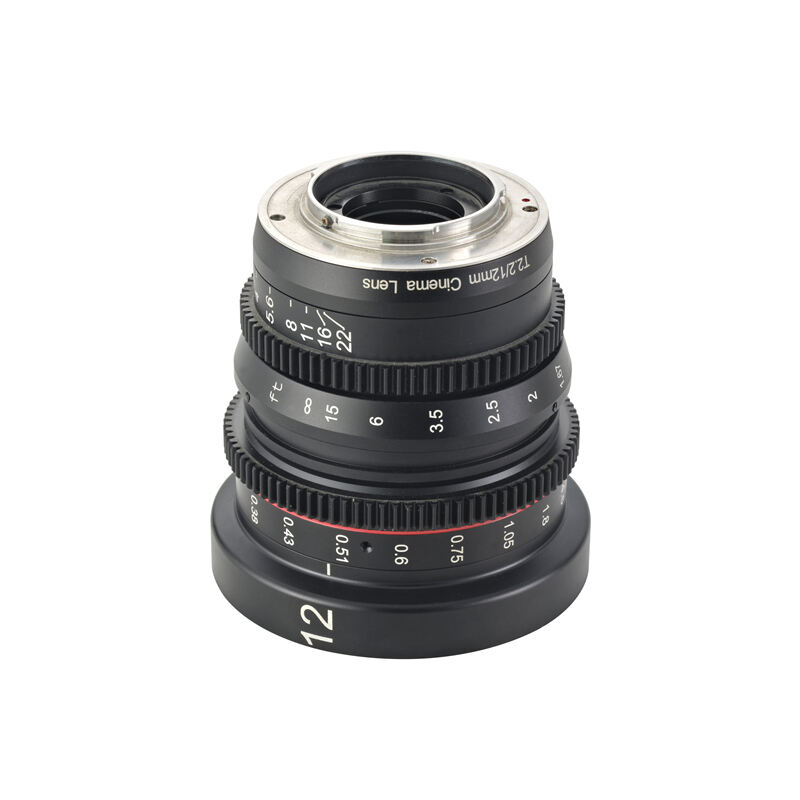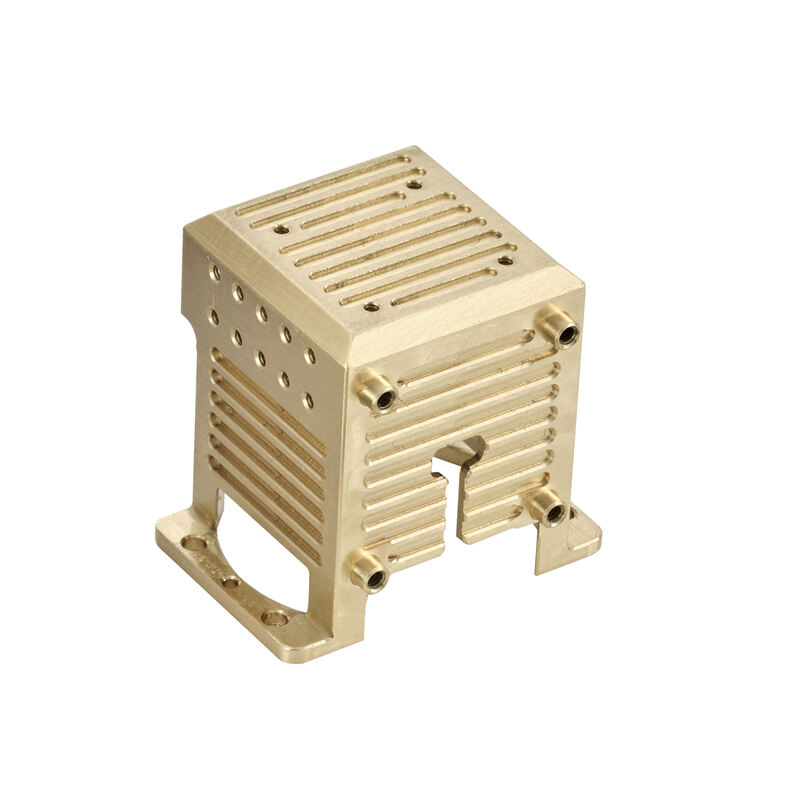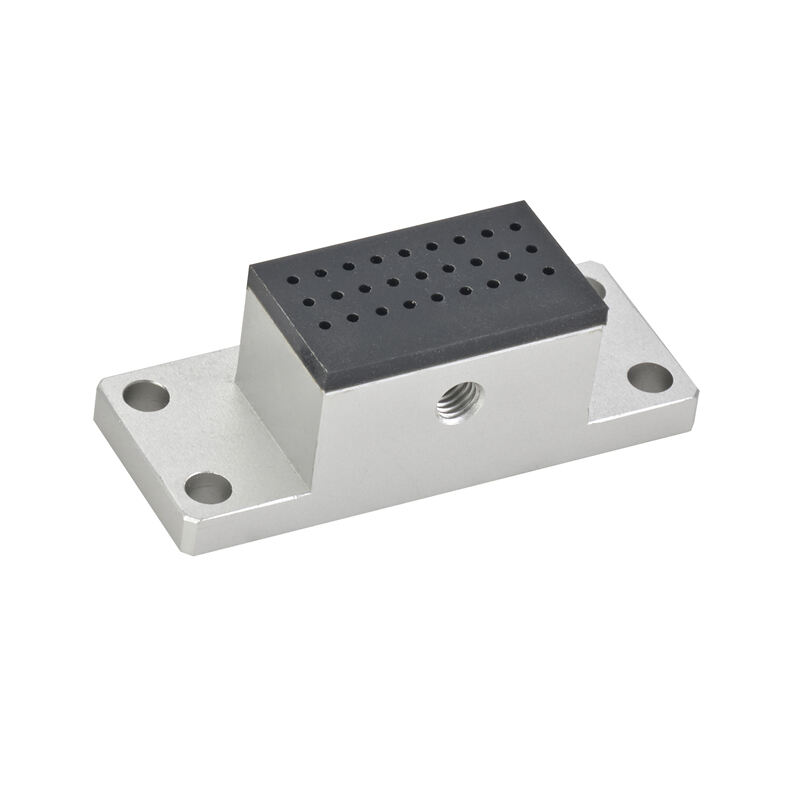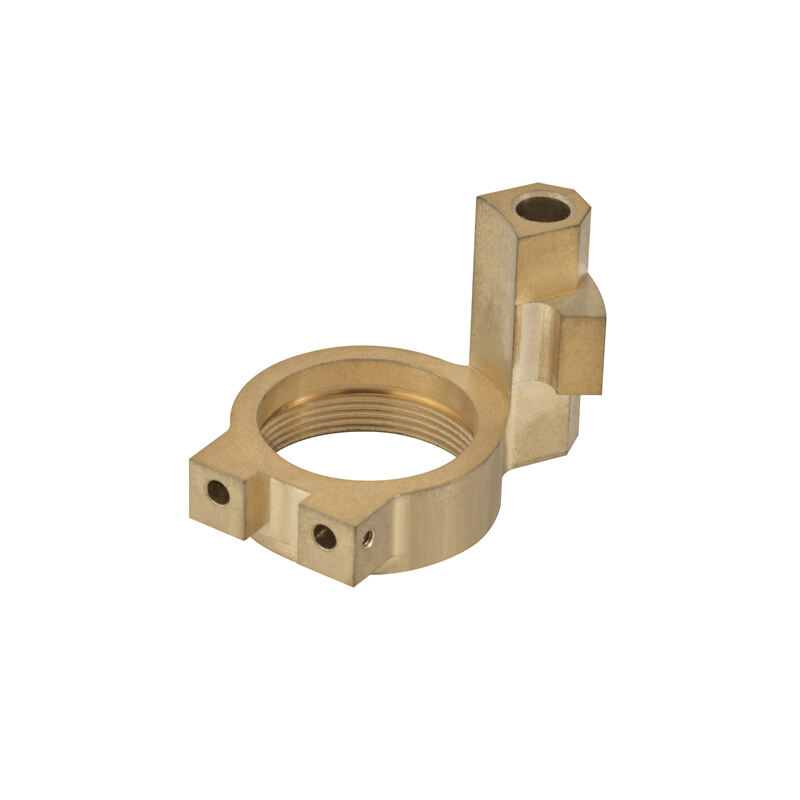CNC turning offers several distinct advantages that make it a preferred method for manufacturing precise cylindrical parts. Here are some of the key benefits:
● Precision and Accuracy: Machines are capable of achieving extremely tight tolerances, essential for components that must fit seamlessly into complex assemblies.
● Efficiency: Once programmed and set up, these machines produce parts quickly and with consistent quality, often requiring minimal supervision, which accelerates production cycles.
● Flexibility: The ability to reprogram the machines for different designs quickly makes them highly adaptable to varying production needs, enhancing operational responsiveness.
● Repeatable: The automated nature ensures that each part is identical, even across large production volumes, crucial for maintaining quality in mass production.
● Reduced Labor Costs: Automation reduces the need for manual intervention, cutting labor costs and minimizing human error, thereby enhancing overall efficiency and cost-effectiveness.
● Material Versatility: The machines handle a wide range of materials, from various metals to plastics and composites, accommodating diverse manufacturing demands.
● Improved Safety: The enclosed, automated operation minimizes human interaction, reducing the risk of accidents and promoting a safer workplace.


